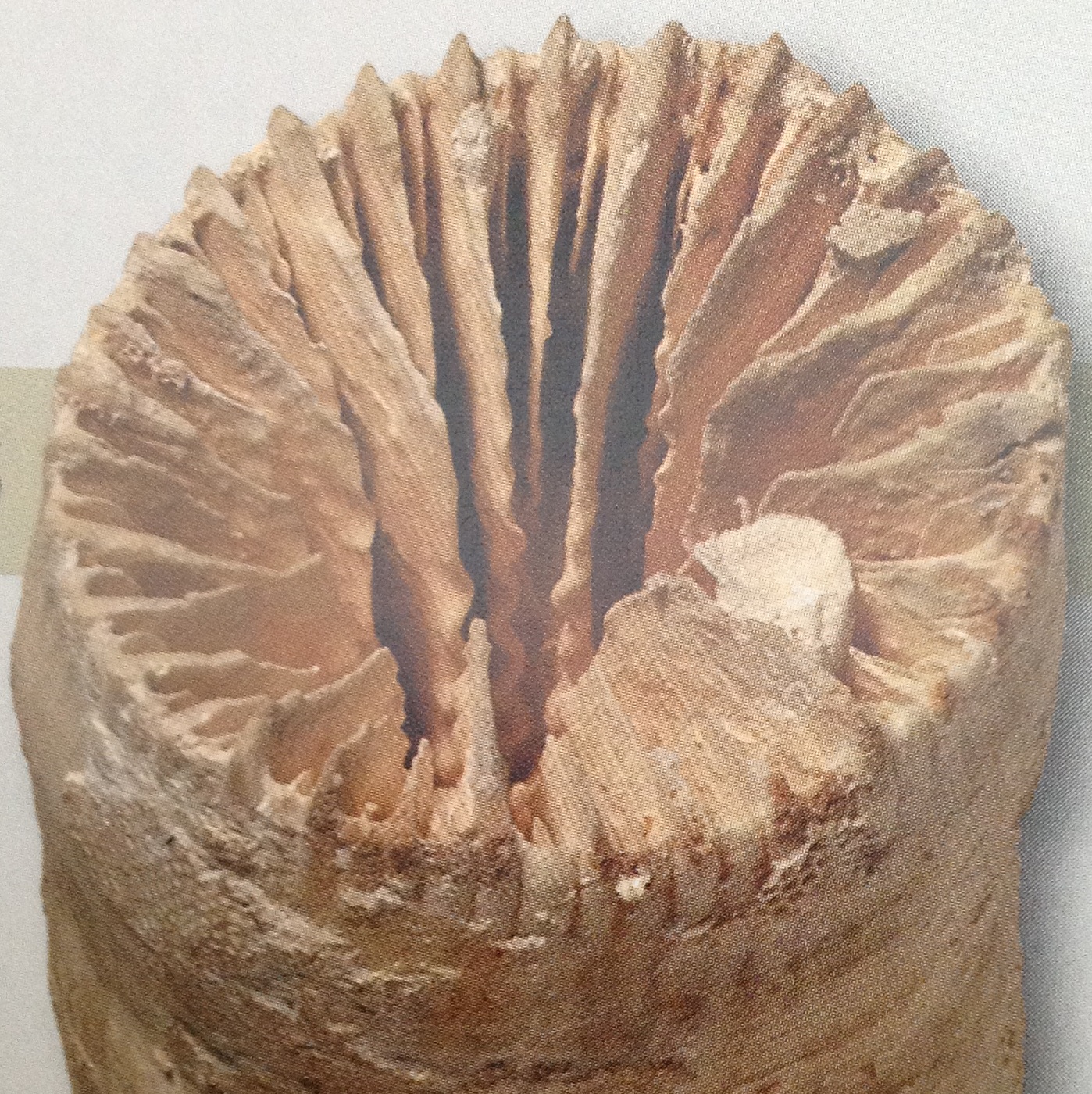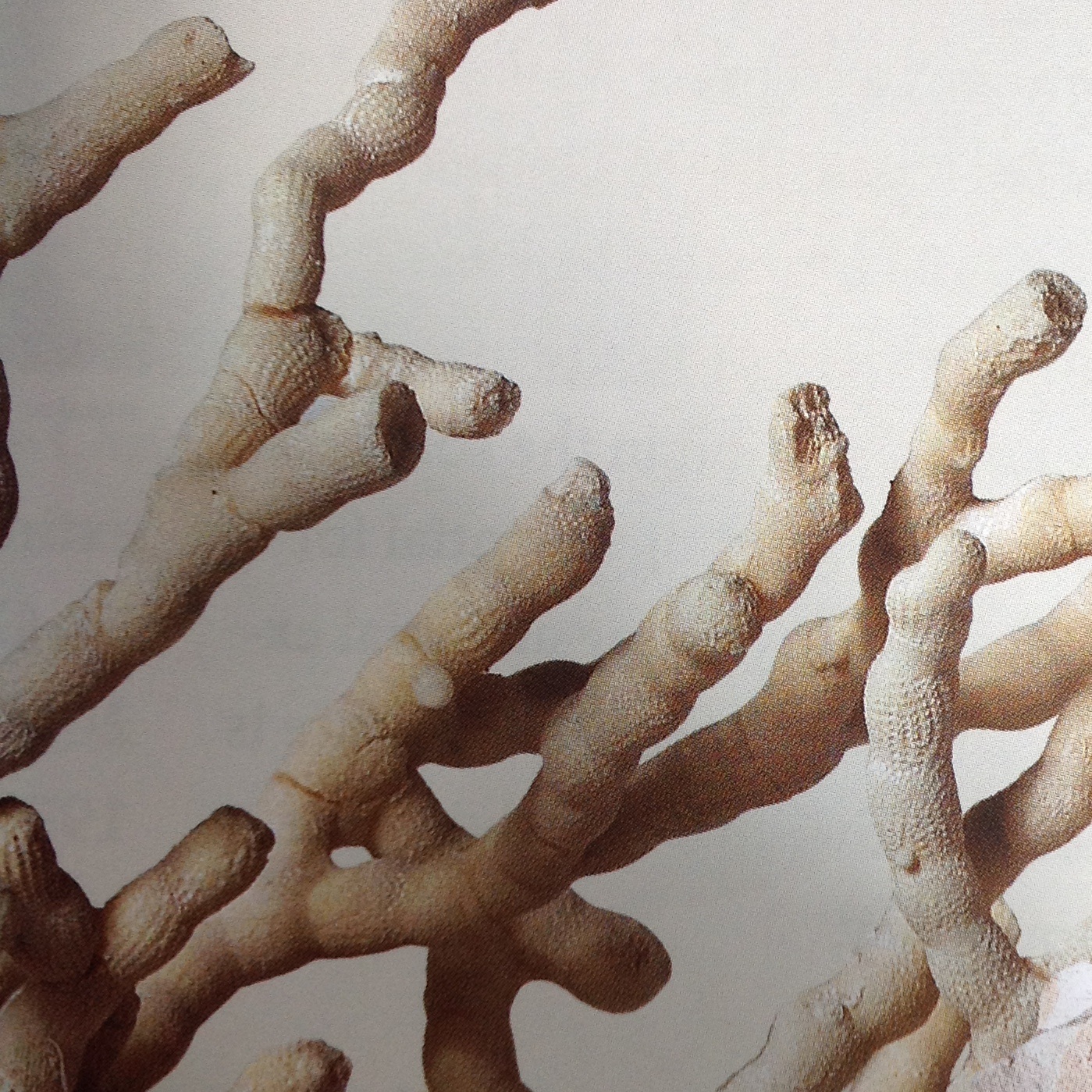Experience Design by Design Thinking
“As more of our basic needs are met, we increasingly expect sophisticated experiences that are emotionally satisfying and meaningful. These experiences will not be simple products. They will be complex combinations of products, services, spaces, and information. They will be the ways we get educated, the ways we are entertained, the ways we stay healthy, the ways we share and communicate. Design thinking is a tool for imagining these experiences as well as giving them a desirable form.”
Tim Brown: “Design Thinking” in Harvard Business Review, June 2008 (p.8)
Tim Brown is the CEO and president of IDEO
Design Thinking
Design Thinking activities may roughly be grouped in three themes: inspiration, ideation and implementation. Tim Brown writes: “The design process is best described metaphorically as a system of spaces rather than a predefined series of orderly steps. The spaces demarcate different sorts of related activities that together form the continuum of innovation. Design thinking can feel chaotic to those experiencing it for the first time. But over the life of a project participants come to see—as they did at Kaiser—that the process makes sense and achieves results, even though its architecture differs from the linear, milestone-based processes typical of other kinds of business activities.”
Source: http://design-planning.blogspot.dk/2008/06/design-thinking-tim-brown-or-ideo.html
1. Inspiration
Expect success
Build implementation resources into your plan
What’s the business problem? Where’s the opportunity? What has changed (or soon may change)?
Look at the world: Observe what people do, how they think, what they need and want
What are the business constraints (time, lack of resources, impoverished customer base, shrinking market)?
Involve many disciplines from the start (e.g. engineering & marketing)
Pay close attention to “extreme” users such as children or the elderly
Have a project room where you can share insights, tell stories
How can new technology help?
Are valuable ideas, assets and expertise hiding inside the business?
Organize information and synthesize possibilities (tell more stories!)
2. Ideation
Brainstorm
Make many sketches, concoct scenarios
Build creative frameworks (order out of chaos)
Apply integrative thinking
Put customers in the midst of everything: describe their journeys
Prototype, test, prototype, test…
Tell more stories (they keep ideas alive)
Communicate internally – don’øt work in the dark!
Prototype some more, test with users, test internally
3. Implementation
Execute the vision: engineer the experience
Help marketing design a communication strategy
Make the case to the business – spread the word
Move on to the next project – repeat
Our current time
Exhibition practices that make sense of our time, filtered through Stanford archaeologist Michael Shanks: Design Matters: what is (of our) human making?
Lost Worlds
Lost Worlds, London Natural History Museum
Doha, Qatar
(Pentagram, 2005)
Wetland Discovery Centre
Wetland Discovery Centre, Wetland Park
Hong Kong, China
(Met Studio Design, 2008)
State Museum of Natural History
State Museum of Natural History
Stuttgart, Germany
Atelier Bruckner, 2007
Det åbne værks poetik…?
a pro pos arkitektur – hvad var det nu med Umberto Eco og det åbne værks poetik…?
Seminar: Mobil, digital formidling i oplevelseslandskabet
Østsjællands Museum: 2. november kl 11-15 (inkl. frokostsandwich)
Seminaret fokuserer på oplevelse og sammenhængen mellem digital formidling og de fysiske omgivelser (landskab/udstilling). Formatet vil være en kombination af faglige oplæg, dialog og øvelser.
Program
Introduktion v. Connie Svabo, RUC projektleder på samarbejdsprojektet Oplevelsesdesign for Stevns Klint mod UNESCO verdensarv (projekt finansieret af Region Sjælland).
Oplæg
v. Kathrine Ekelund, cand.mag., forskningsassistent på RUC i fht. projektet Oplevelsesdesign for Stevns Klint mod UNESCO verdensarv.
Med udgangspunkt i æstetisk teori vil Kathrine give os en smagsprøve på hendes faglige vinkel på den museale intention om at udstille.
v. Connie Svabo, ph.d., adjunkt på RUC og projektleder på innovationstemaet Oplevelseslanskaber i Invio: innovationsnetværk for videnbaseret oplevelsesøkonomi. Med udgangspunkt i ph.d.-arbejde på det naturhistoriske museum Naturama, sættes fokus på hvordan digitale medier kan både forstærke og forstyrre besøgendes oplevelse af en udstilling.
http://invio-net.dk/node/1180/intro
https://stevnsklint.wordpress.com/projektet/
http://rucforsk.ruc.dk/site/person/csvabo
v. Sune Gudiksen, cand.it. i oplevelsesdesign, ph.d.-stipendiat ved Institut for Kommunikation, Aalborg Universitet, leder af projekt om iPad mediet i innovationstemaet Mobile Digitale Oplevelser i Invio. Sune vil komme med et indlæg om mobile medier og brugeroplevelser, og deltager endvidere som repræsentant for forskningscentret InDiMedia: interaktive digitale medier, ledet af professor Jens F. Jensen, AAU, som er interesseret i at følge og bidrage til Stevns Klint projektet. Aalborg-miljøet har mange erfaringer med at udvikle mobil digital formidling, fx i kulturarvsprojekterne ’DACman’, ’Vera fra Vestbyen’, ’Vikingeruten’ og mobile tjenester fx ’Molive’, ’MobilMap’, ’Noorhjem’ og ’MoOZ’.
http://www.indimedia.aau.dk/nyheder/Nyhed//digital-kulturarvsformidling—nyt-kreative-tidende.cid34119
http://invio-net.dk/node/1176/intro
http://personprofil.aau.dk/114813
Der vil være dialog eller øvelser efter hvert oplæg.
14.45 Opsamling på dagen og afrunding
15.00 slut







